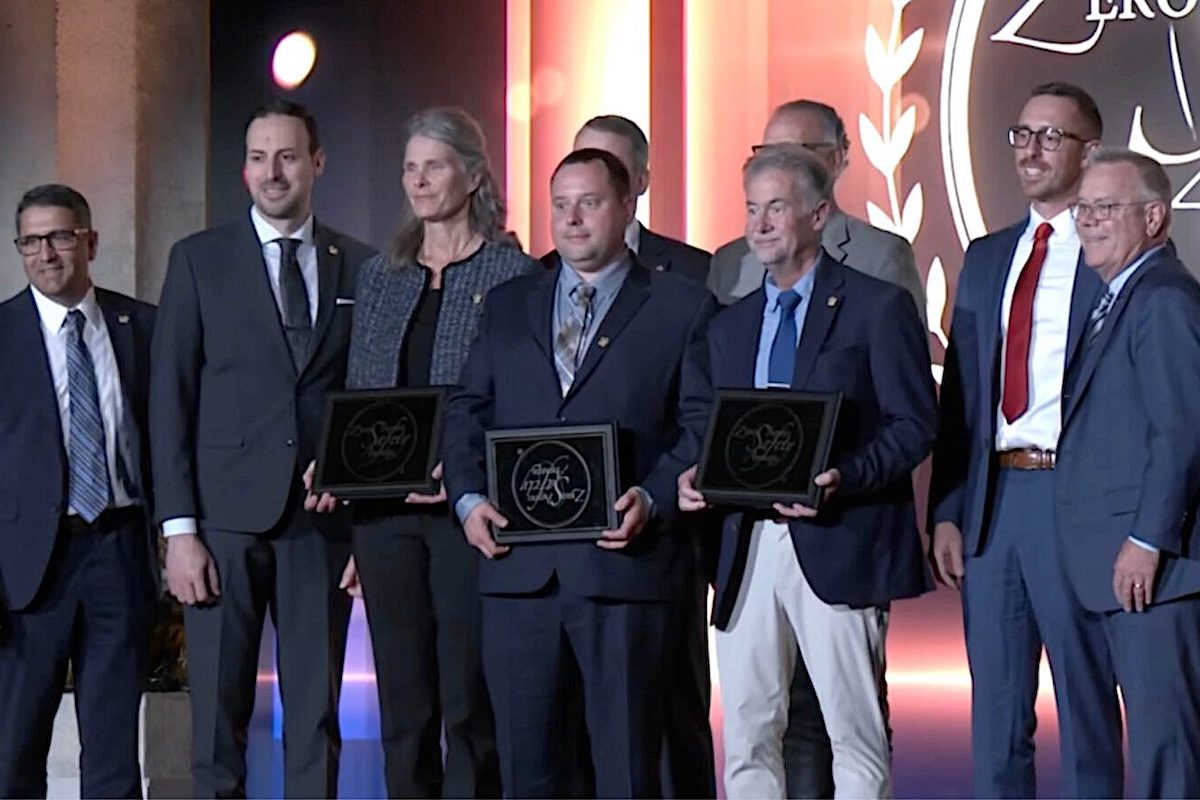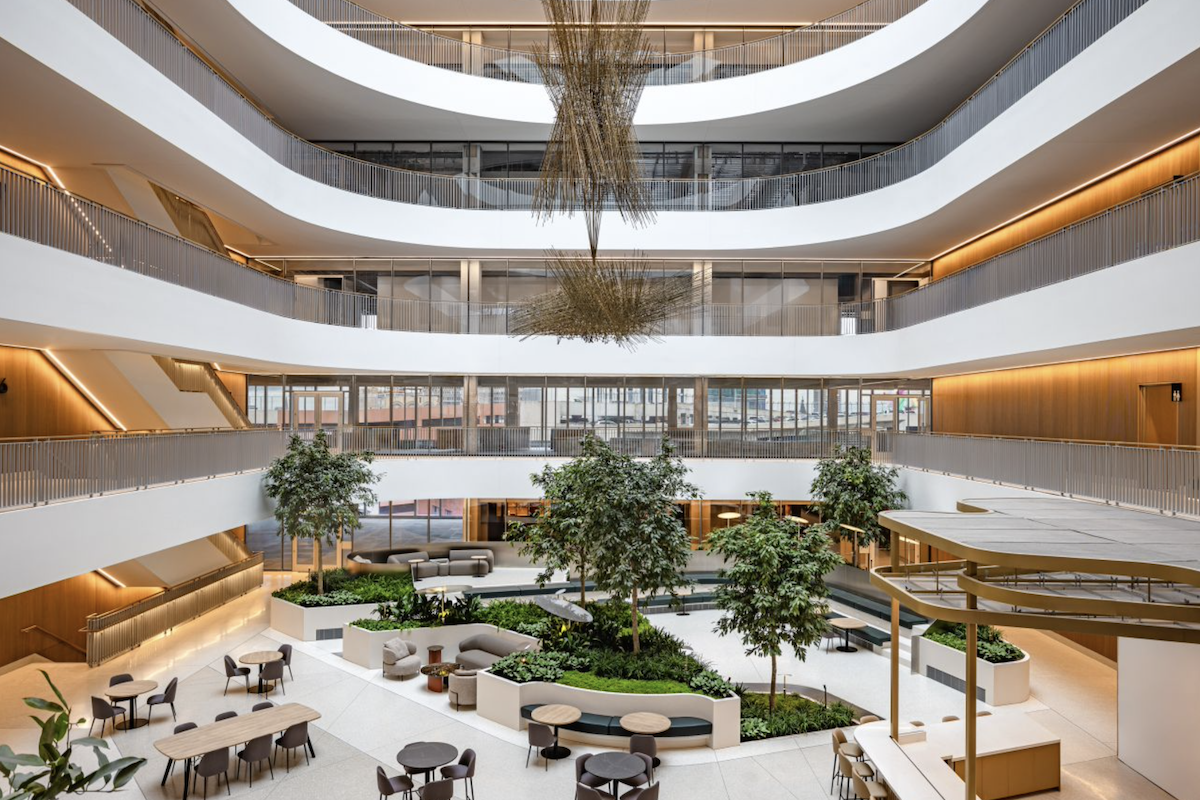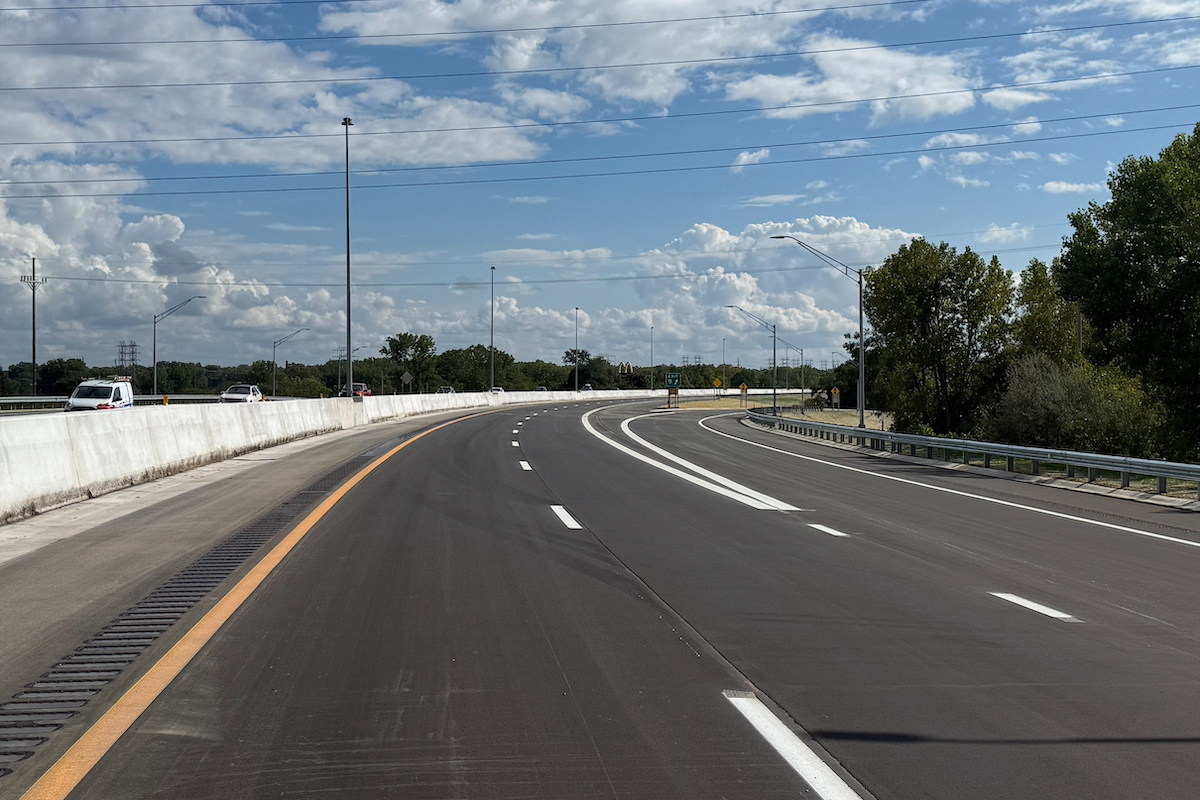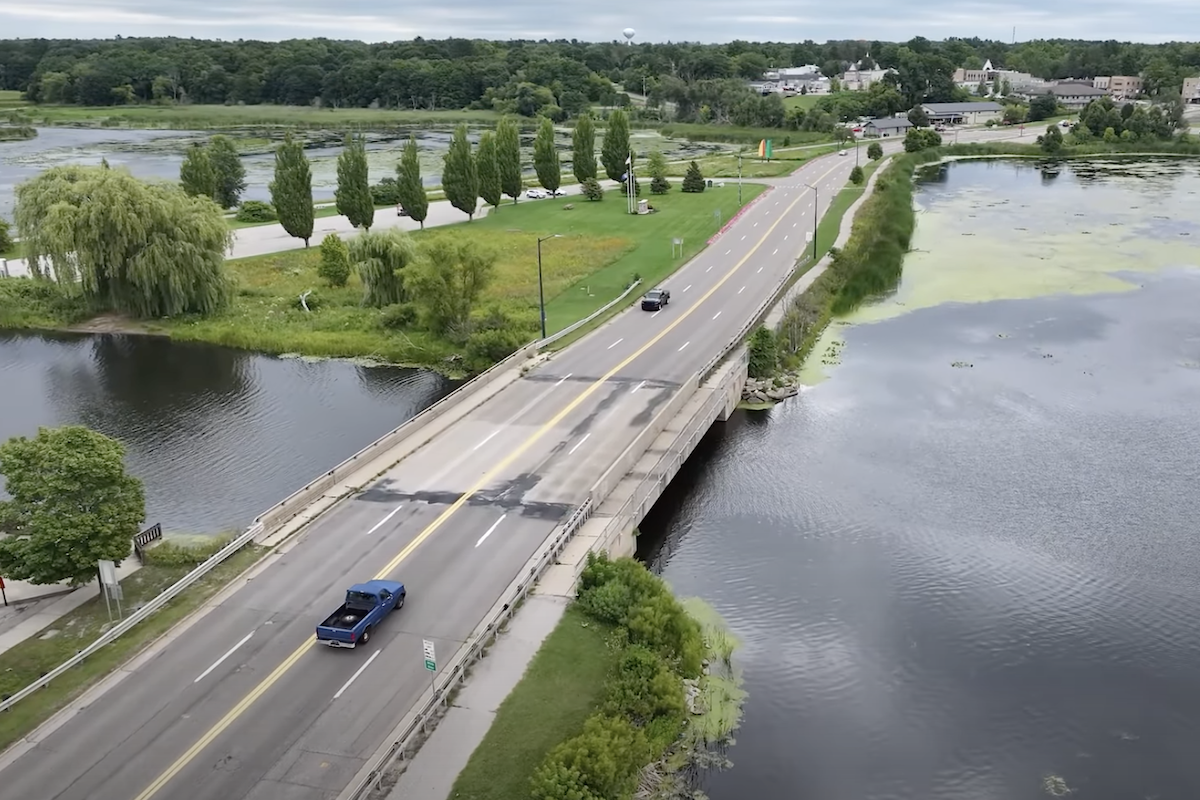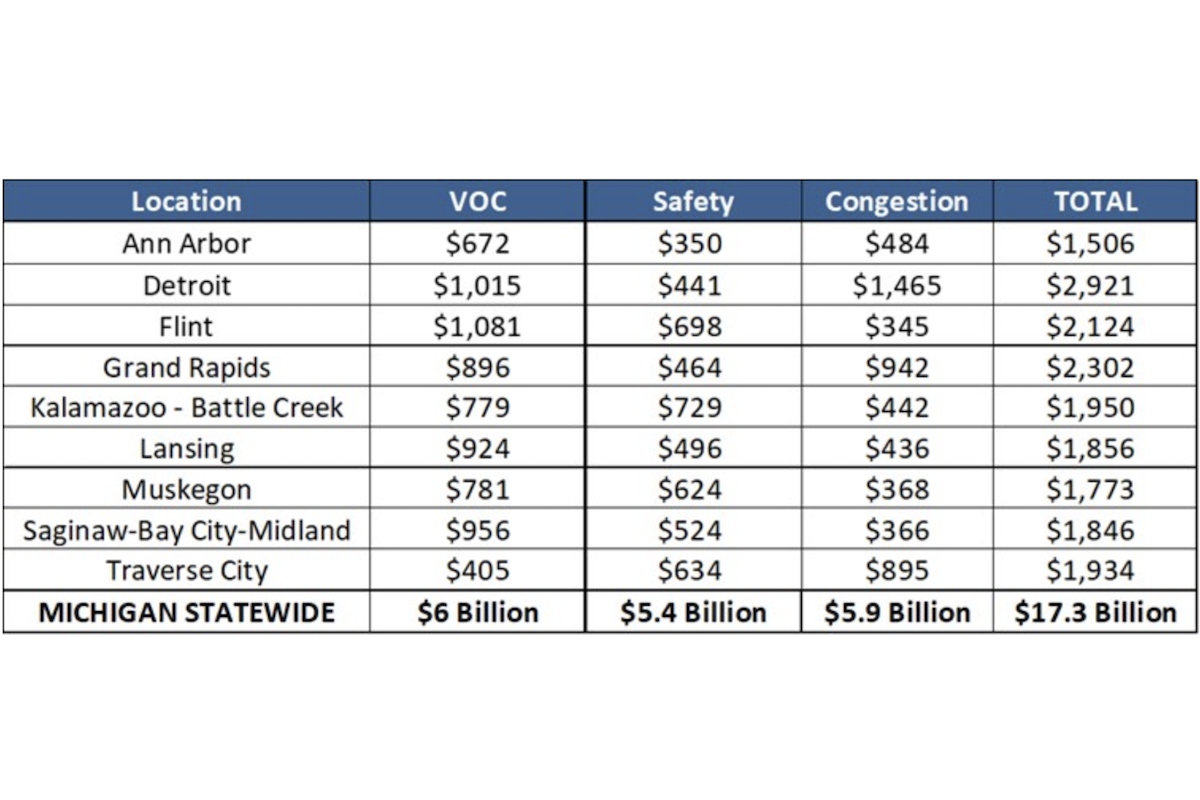“We have a tight-knit group of talented 3D artists that work together to support McCarthy’s pursuit and project teams,” says Mary Shields, Visualization Production Lead in Dallas. “The group’s purpose is to drive confidence in our team’s presentations and to differentiate and to clarify things that might be complex through visual storytelling.”
The nine-member in-house visualization team works with a variety of software to create the images or videos of things that do not exist yet – such as where cranes will be placed, where roads will be built, and other aspects of a construction project. The team’s products can show how the site will look in one month, six months, or a year or more after construction starts.
“We make the construction process accessible,” says Shields, explaining that their work goes beyond traditional building information modeling (BIM) to take that information and polish the results into a “simplified version that is easy to digest.”
McCarthy is a well-established company with 160 years of experience in construction, but also remains nimble and has embraced technology to maximize outcomes more than many construction firms. Employees own 100 percent of the company, giving everyone on the team a personal and financial stake in the company’s success. The company employs about 6,000 people and has 18 offices.
The visualization group began with two people on contract, but as the frequency of the need grew, McCarthy brought these two experts on full time. Since then, the company has added to its visualization team to meet the needs of its new business pursuits and project teams who want to help clients envision a project site and progress in a tangible way.
“It’s a really fun team to be a part of,” says Shields, who holds a degree in graphic design from the Savannah College of Art and Design and has prior animation and marketing experience. “There is a lot of creative freedom and a really fulfilling sense to the work we do. Anytime we communicate something visually, we add value.”
Two ways McCarthy strives to take visual engagement further than on-screen or on-paper drawings are with video models and virtual experiences.
“We can move through the information, but it still shows depth and scale that pulls people in and makes it fun to collaborate and talk about projects,” Shields says. “People just naturally gravitate to it and start pointing and talking about logistic elements.”
McCarthy uses the video models for a variety of projects. Often, the team will leave the 3D printed section of the video model with a client to keep so they can refer to it as the project proceeds. It also can be used to educate tradespeople coming on site to quickly grasp an overview of the project.
“Visualization is a differentiator and creates the central hub for team dynamics,” said Jaren Murphy, Vice President of Business Development for McCarthy. “When we walk in to present to the client with the homework displayed as a model, it pulls the room in. The use of visualization allows the team to pull together and discuss the major issues and coordination that will happen on the project and how we would work through them.”
“It’s impactful to stand on the jobsite in stud form and walk in and get a feel for the space and then put on a headset that shows what that space is planned to look like,” Shields says. “In addition to being a fun and immersive experience, it is functional and we get feedback that prevents costly rework.”
The virtual mockups are less expensive and faster to create than physically built mock-up rooms. Also, those physically built usually do not show the equipment, so the VR presents a more complete mockup. The visuals also are available on phones, tablets, and computers. It can also be used to introduce a building and mechanical layout to maintenance engineering staff to help with the familiarization of the space before it opens to staff.

| Your local Deere & Co dealer |
|---|
| AIS Construction Equipment |
Using this virtual concept in another way, the team created an interactive experience to showcase the types of construction capabilities performed in the Marine and Industrial market. This included sights and sounds, pop up photos and videos, and areas to explore that demonstrated pile driving, concrete work, steel structure erection, and container yard paving. Having a condensed sample site is an engaging way to learn more about the services that McCarthy offers. As part of the scene, there is the option of standing on top of a tall crane to get a bird’s eye view of the whole site that leaves a lasting impression.
A user can explore the various construction elements without going to a job site. Nonprofit clients have the option to use the virtual experiences to show donors what they would be funding and garner support. Other clients might invite employees to view the finished project through a virtual experience to build excitement or gain confidence in the design.
VR offers owners and other people not familiar with construction drawings or BIM models a way to understand their project.
“Creating these enhanced visualizations is extremely valuable,” said Shields. “It is a true differentiator that leaves a lasting impression and helps our teams connect. Seeing the project in a different way can impact decisions and help refine choices that can streamline the process and make it enjoyable. We aim to deliver an exceptional client experience and it’s a true mark of our success when we see how excited someone is when they see the model or when they are in VR space. Every time we approach a new pursuit, we look to improve on what we’ve done before. I’m looking forward to seeing how we continue to evolve these experiences.”
Photos courtesy of McCarthy Building Companies


















